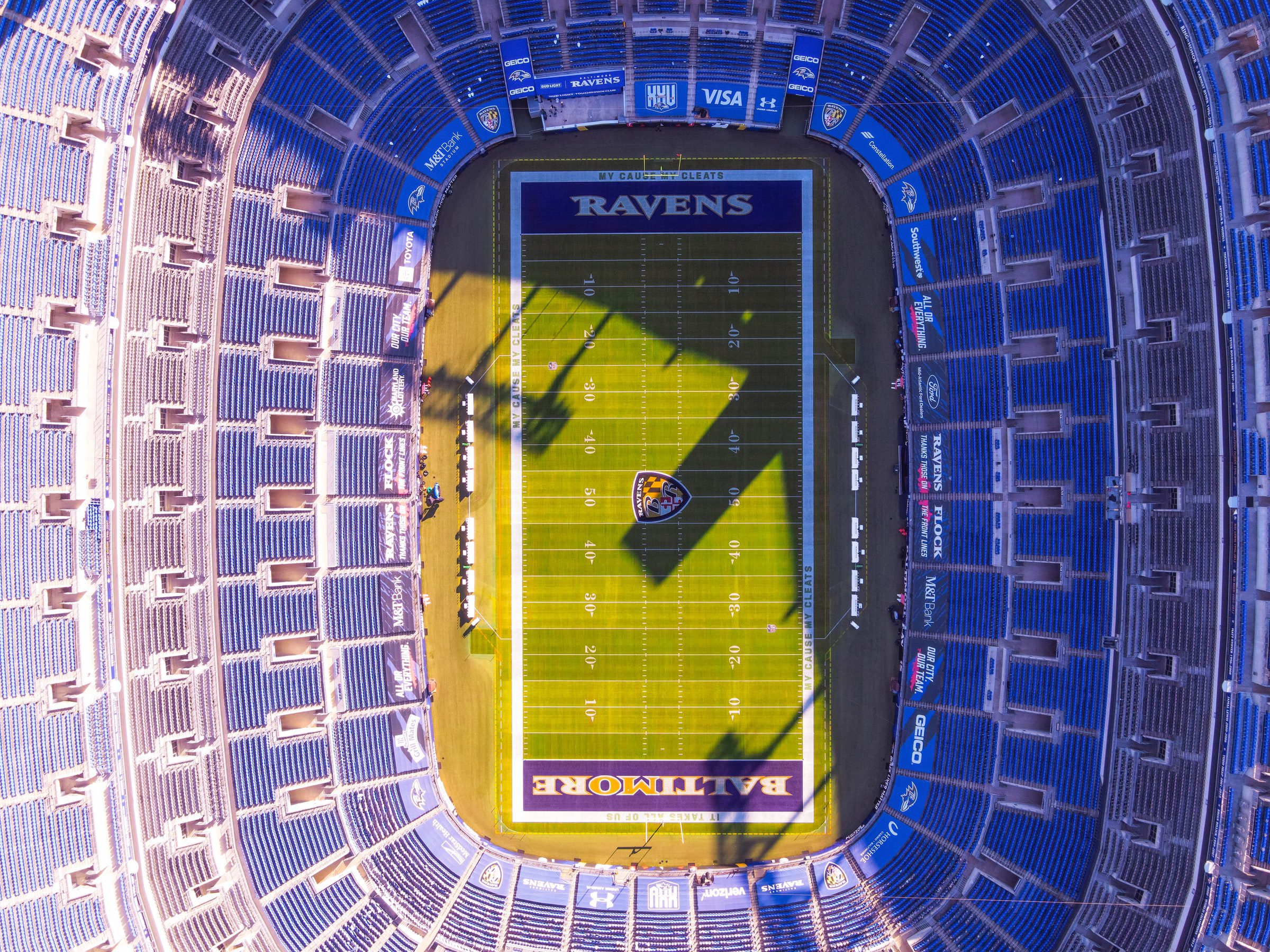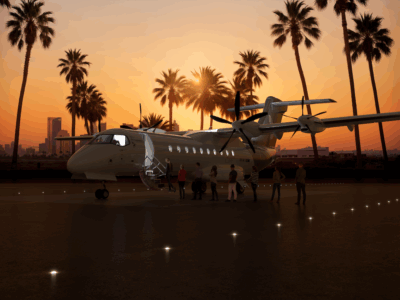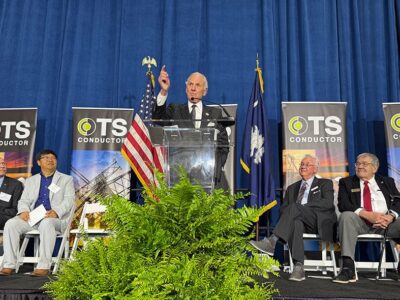No less of an authority than the US Green Building Council has recognized the Maryland Stadium Authority (MSA) for its environmental achievements at the Camden Yards Sports Complex. The USGBC has honored each of the Complex’s three buildings; the B&O Warehouse office building was awarded a Silver LEED for its sustainability efforts, while the Camden Yards baseball stadium and the M&T Bank football stadium both garnered Gold certifications. M&T Bank Stadium, home to the NFL’s Baltimore Ravens, actually was the first outdoor professional sports facility in the United States – including all NFL and Major League Baseball stadiums – to receive a Gold LEED.
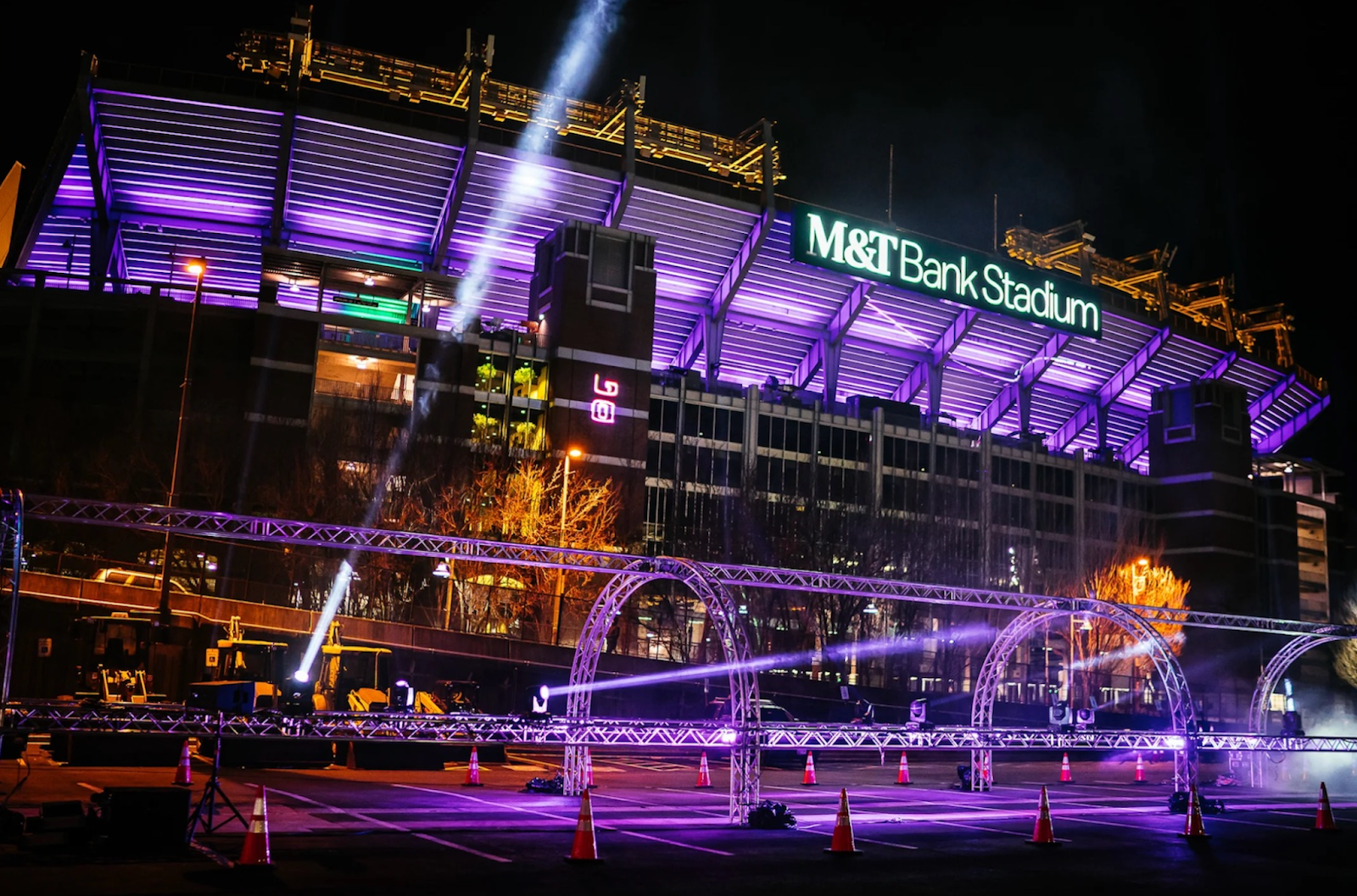
The stadium, which opened in 1998, first earned a Gold LEED in 2013, and its dedication to sustainability was rewarded with Gold recertification in 2019.
“One of the benefits of these efforts and this recognition is that the Ravens and MSA set a standard for existing stadiums, allowing us to help educate the public about the importance of retrofitting existing structures to help the environment,” Roy Sommerhof, vice president of stadium operations for the Ravens, stated in 2014.
MSA and the Ravens secured these eco-victories by using a balanced attack that involved energy-wise renovations, water conservation, recycling & green materials programs, transportation initiatives, and community engagement. “We wanted to step forward as a leader in the stadium industry by pushing the envelope with efficiency and sustainability,” Ravens President Dick Cass told Buildings.com in 2014. “Our staff used creative strategies that produced significant energy and maintenance efficiencies and cost savings.”
At M&T Bank Stadium, over one-third of the regular waste gets recycled. To increase the number of cans and bottles recycled, MSA worked with several local organizations on an education campaign aimed at tailgaters to stress the significance of recycling.
To prevent cigarettes from being tossed on the ground and polluting landfills and waterways, MSA placed nine cigarette receptacles outside the stadium for fans to utilize. The cigarettes collected in the bins are transformed into plastic pellets used in recycled materials. Furthermore, the tobacco is extracted from the cigarette wrapper (via computer) and gets repurposed and reutilized.
The MSA and the Ravens discovered ways to reduce water waste both inside and outside the stadium. The installation of more than 400 waterless urinals and low-flow bathroom fixtures dropped water consumption by an estimated 3 million gallons, representing a nearly 45% decrease in water usage. Meanwhile, potable water devoted to outside irrigation dropped 30% through adaptive vegetation and made the irrigation system more efficient.
M&T Bank Stadium’s automated energy management system saves over five million kilowatt-hours of electricity annually. This energy, which could heat 440 houses, is almost a third less than the nationwide average. The Ravens also partnered with Baltimore-based Constellation Energy on a 375-kilowatt (DC) solar energy system placed atop the team’s headquarters and training facility. Nearly 50 yards long, this system generates around 15% of the 42,000 kWh needed to power this building.
A Sustainable Purchasing Policy, which includes purchasing recycled, renewable, and Energy Star-labeled products for M&T Bank Stadium, is another part of the Ravens and MSA’s eco-gameplan. Items that help reduce waste and improve air quality at the stadium, and environmentally-friendly products are used in the facility’s hardscape, pet, and landscape maintenance operations.
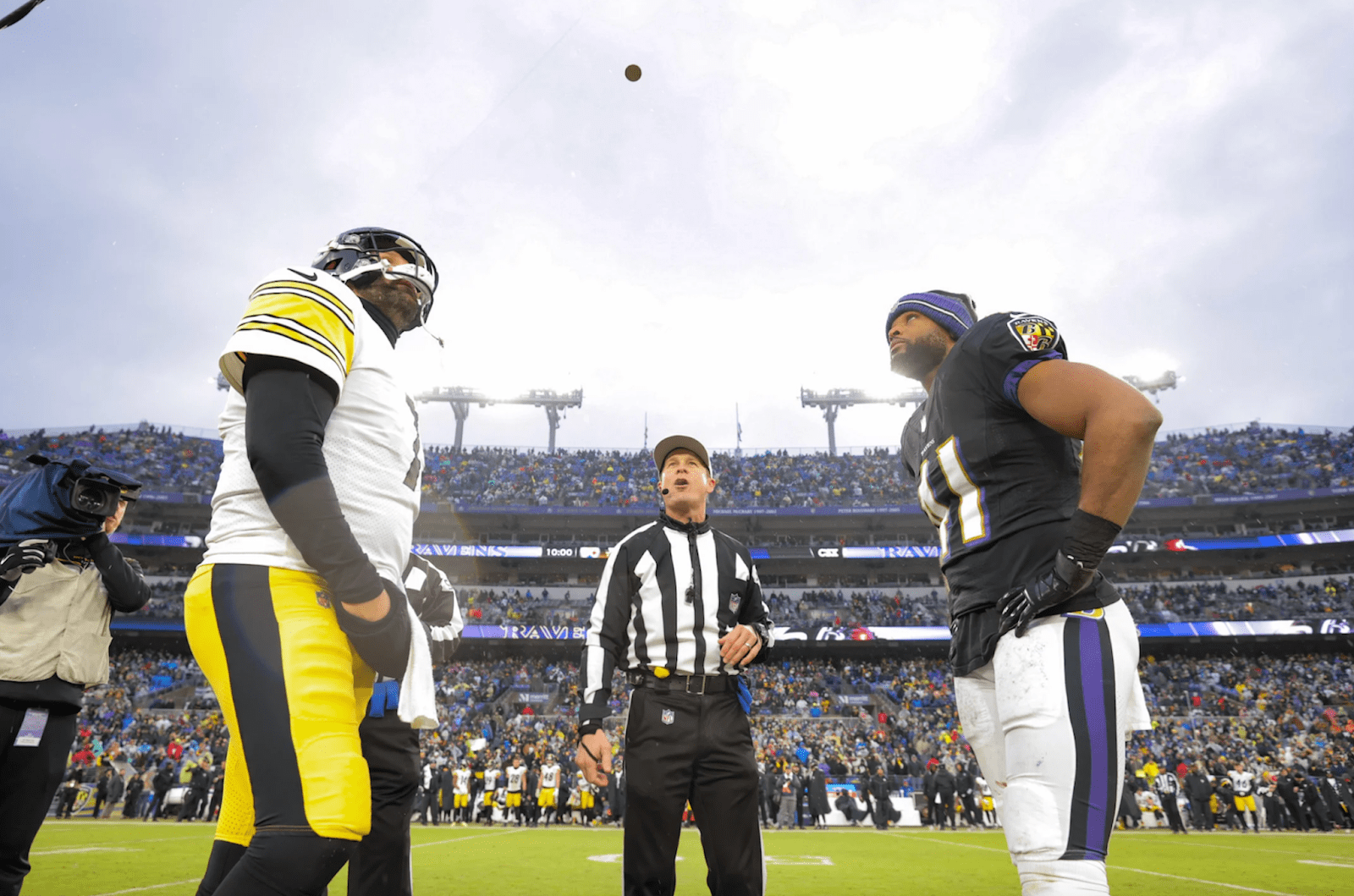
The MSA and the Ravens have created several avenues to encourage their employees and fans to choose alternative and public transportation. They have made it easier to bike or rideshare to the stadium and installed e-vehicle charging stations.
Approximately 12% of Ravens fans, according to statistics published in 2019, travel by either light rail or the “Ravens Ride” bus program on game days, while nearly 40% of M&T Bank Stadium staff take alternative transportation to work.
These choices have helped to lower the stadium’s carbon footprint by 123,070 metric tons of greenhouse gas emissions annually.
Both MSA and the Ravens also have taken their environmental missions out into the community. MSA has taken part in various garden and tree-planting programs around the Baltimore area, including participating in the annual Maryland Day to Serve and working with the Baltimore Tree Trust. The Ravens created GamePlanEarth (GPE), an ongoing initiative to make Baltimore a more sustainable city and increase public interest in improving the environment. The team has been involved in Earth Day events, bike parties, harbor clean-ups, and weekly community projects during the football season.
The Ravens shared the top spot on a recent ranking of the NFL’s more eco-friendly teams
and their collaborative effort with the Maryland Stadium Authority has shown this to be true not only with their work at M&T Bank Stadium but also around the Greater Baltimore area.

